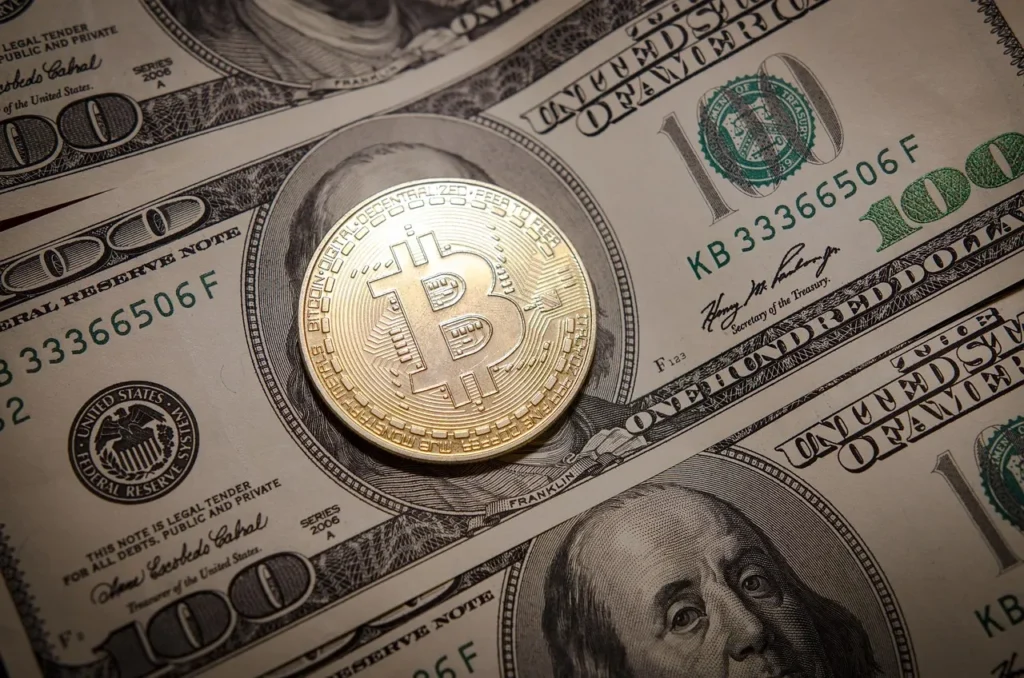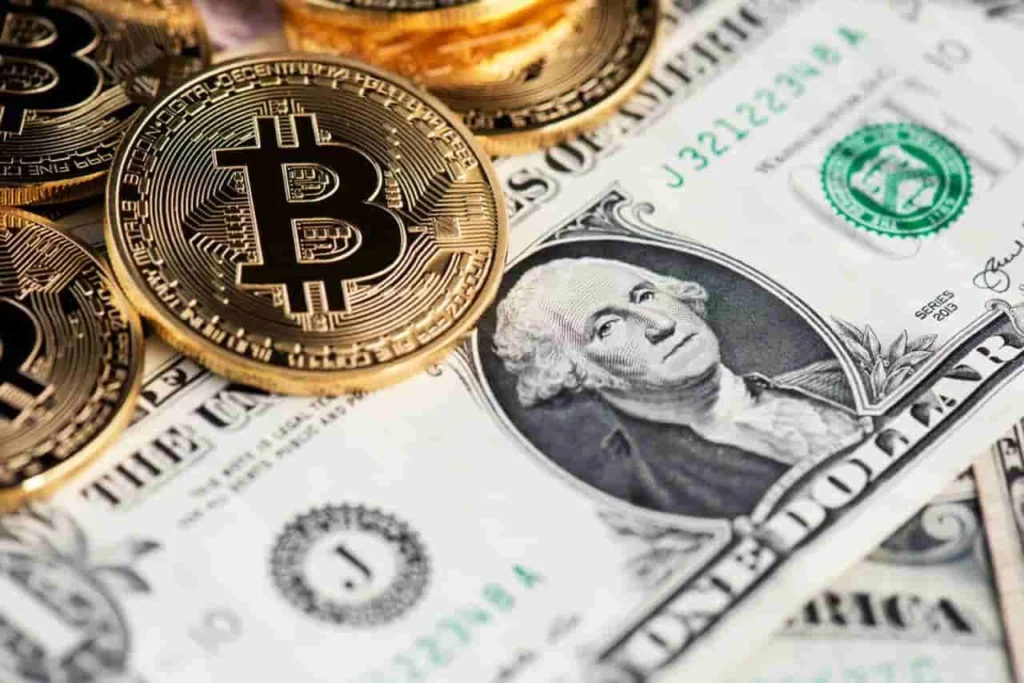Fiat vs Crypto: What’s Really Different and Why It Matters
When it comes to money today, the conversation often swings between fiat vs crypto, but what does that really mean? Fiat money — the cash in your wallet or numbers in your bank — has been the standard for decades. Crypto? That’s a newer, digital-born alternative that some swear by, others fear. But maybe the difference isn’t just about paper bills versus digital codes, huh?
Fiat vs Crypto: Understanding the Basics
Let’s start simple. Fiat money is what most of us use daily: dollars, euros, yen — currencies issued by governments and backed by their trust. This “trust” is key. The government says, “Hey, this piece of paper is worth something,” and because people believe it, it holds value. Sounds straightforward, right?
Now crypto, short for cryptocurrency, is a different beast. It’s decentralized, meaning no single entity controls it. Instead, it runs on blockchain technology — a kind of public ledger everyone can check. Bitcoin, Ethereum, these are examples. They aren’t backed by any country or physical asset, which makes some folks uneasy.

Fiat vs Crypto: The Trust Factor
Here’s where things get interesting in the fiat vs crypto debate — trust. Fiat depends on government stability. If a country’s economy tanks or inflation spikes, the value of its currency can nosedive. Remember Zimbabwe or Venezuela? That’s fiat’s vulnerability.
Crypto’s trust comes from math and code — cryptography ensures transactions are secure and tamper-proof. It’s like trusting a system rather than a government. But, and it’s a big but, that system is new and volatile. Prices can swing wildly, and regulations are still catching up. So, trust in crypto is more about belief in technology and community than a nation’s backing.

Usage and Regulation Differences
Another biggie in fiat vs crypto is how each gets used and controlled. Fiat is everywhere. You can buy groceries, pay rent, get a coffee — almost all vendors accept it. Plus, it’s regulated tightly: central banks manage supply, governments fight counterfeiting, and laws keep things stable.
Crypto’s use cases are growing but still limited. Some online merchants accept it, and there’s growing interest in NFTs and DeFi (decentralized finance). Yet, it’s far from mainstream daily use. Also, crypto operates in a kind of regulatory gray zone. Some countries welcome it, others ban or restrict it. So while crypto promises freedom, it also faces legal uncertainty.

So, What’s the Bottom Line in Them?
Honestly, the fiat vs crypto discussion isn’t about which one’s better — it’s more about understanding what each brings to the table. Fiat’s reliability and ubiquity make it king for everyday life. Crypto’s innovation and decentralization offer exciting possibilities, though with risks attached.
Maybe the future isn’t one or the other, but both coexisting. Governments exploring digital currencies, blockchain startups shaking up finance — all signs that money as we know it is evolving. It’s a lot to take in, sure, but getting familiar with fiat vs crypto now means you’re not left behind later.

Conclusion
In the end, fiat and crypto isn’t just a tech debate or financial jargon. It’s about trust, value, and how we see money’s role in our lives. So next time you hear “fiat vs crypto,” you’ll know it’s way more than digital versus paper — it’s a shift in how we think about what money really is.
Related content: Fiat vs Crypto: Pros and Cons You Need to Know




